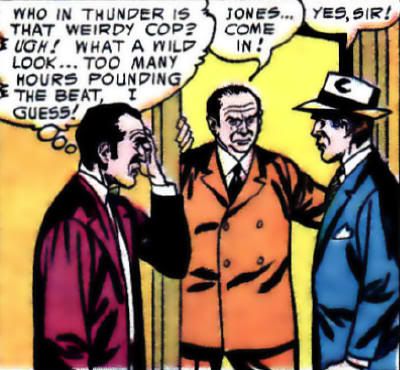
Lieutenant Saunders was the officer on the Middletown Police Department responsible for hiring John Jones as a detective, and acted as Jones' superior during his earliest cases. Saunders was usually shown to be mostly bald with his remaining hair dark. Saunders was a smoker who often wore orange suits. Lieutenant Saunders has been confused with Captain Harding, as the characters initially bore a strong resemblance to one another, and acted in similar capacities.
When John Jones walked into a Middletown police precinct to inquire about becoming a detective, he was directed by the desk sergeant to Lieutenant Saunders, who was "in charge of detectives!" Saunders was working out of "the Office of the Chief of Detectives," and as a lieutenant, he would technically outrank a detective/inspector/investigator on a standard metropolitan police force in the United States. However, a lieutenant would generally be too low of a rank to be considered any kind of "chief," so this was likely a temporary position of authority. This would also explain Lt. Saunders' being replaced by Captain Harding early in the series.
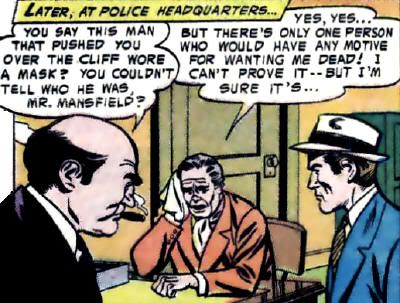
Lieutenant Saunders verified John Jones' qualifications, hired him, and assigned him to his first case: protecting the prospective Middletown Flamingos baseball pitcher Bob Michaels from an extortion scam. Saunders was pleased when Jones managed to arrest the entire Devon Mob as a result. Next, Saunders assigned Jones to uncover the whereabouts of Monte Fisk on the night of a murder, following Saunders' failed interrogation of the professional killer. Detective Jones was able to extract a confession for the incredulous Saunders.
Beginning with the Alex Dunster case, Captain Harding was shown to be in charge of detectives at Jones' precinct. Harding was clearly a taller, stockier, and more hirsute man than Saunders. A balding plainclothes officer who seems likely to have been Lieutenant Saunders was shown standing with Detective Jones while Harding addressed his investigators. During the case of "the Phantom Bodyguard," millionaire Drexel Mansfield held a meeting in an office with Detective Jones and a balding officer. This again appeared to be Lieutenant Saunders, but he was referred to as a captain by Drexel, perhaps in error. Given that Saunders had been supervising precinct detectives in Harding's absence, and that Harding only returned for a major case requiring a team of investigators, perhaps Harding returned to his leave and temporarily handed the reins back to Saunders?

The burly, graying, non-balding Captain Harding headed up a case with enormous political pressure behind it the following month. None of Detective Jones' superior officers were shown in the next three cases, while an unnamed desk sergeant served as Jones' foil on two of them. On a fourth case involving infiltrating a prison disguised as a convict, Jones answers to an unnamed "chief" who looked most like Lieutenant Saunders. Again, it is difficult to tell, because while the hair definitely seems like Saunders', both men were known to wear purple suits at the time and smoke cigars. In the next two cases, another unnamed "chief" with a manner and hairline more like Harding's was in charge. A third case involving a similar looking individual was positively identified as the Captain.
In his final confirmed appearance, uniformed officers ordered by Lieutenant Saunders never to pursue "Booby Trap" Bagley into a questionable locale surrounded the crook from outside a circus tent. Lt. Saunders then led a team of plainclothes officers, including Detective Jones, in pursuit. Saunders ordered an unmanned police car be used to set off mines laid down by Bagley around the perimeter. When tear gas saturation failed to flush out "Booby Trap," Saunders felt it was too dangerous to storm the circus en masse. Instead, he drew lots with his men for a one-man stealth assault, which Detective Jones rigged to assume the role. Jones succeeded in capturing Bagley, and was congratulated by Saunders, who by this point bore a curious resemblance to Lyndon Baines Johnson (at least with his bald pate covered by a hat.)
First Appearance: Detective Comics #225 (November, 1955)
See Also: Detective Comics #226, #227, #228, #229, #234, & #238




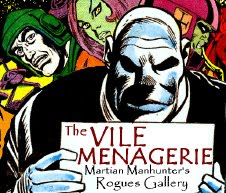
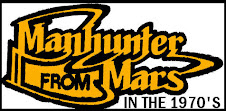









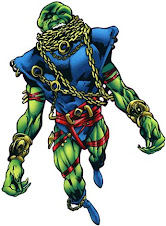
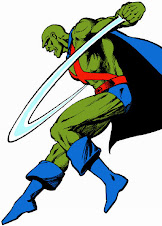

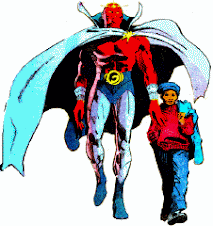

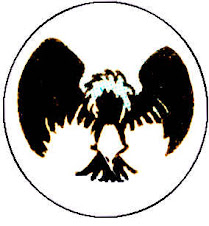



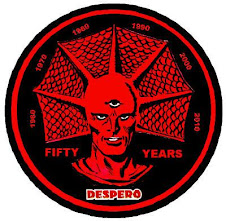
No comments:
Post a Comment